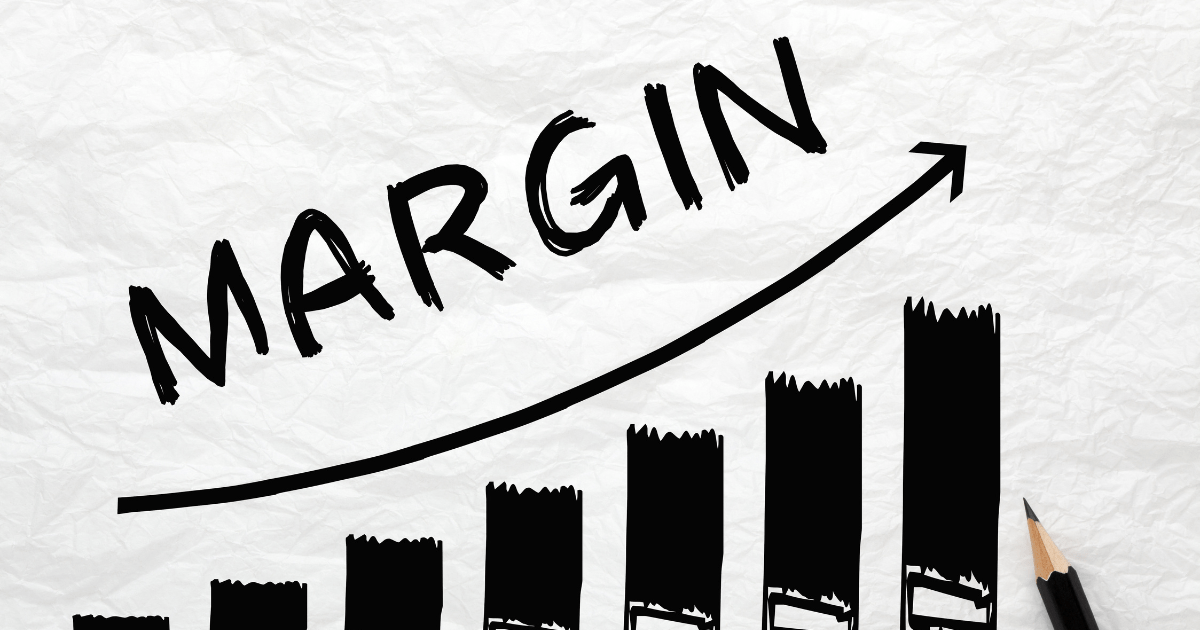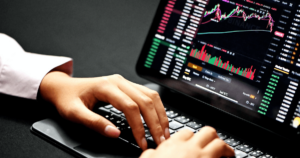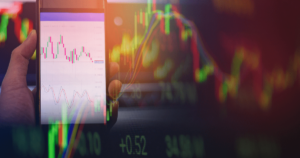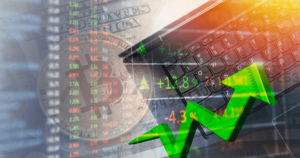Introduction
In the world of forex trading, understanding margin is essential for traders who aim to maximize their potential gains while managing their risks effectively. Margin is a concept that allows traders to control larger positions using a smaller amount of capital. It acts as collateral and serves as a security deposit for brokerages, enabling traders to access leverage and amplify their trading positions. This comprehensive guide will delve into the intricacies of margin in forex trading, covering its definition, calculation, types, benefits, risks, and best practices for utilizing it effectively.
1. What is Margin in Forex?
In this section, we will explore the definition of margin in forex trading and its significance. Margin refers to the collateral or the percentage of funds that traders are required to provide to open and maintain positions in the foreign exchange market. It allows traders to control larger positions than their available capital, thereby amplifying potential gains or losses. Margin is calculated using a formula that considers the trade size and leverage.
2. Types of Margin in Forex Trading
Understanding the different types of margin is crucial for traders. This section will cover the various types of margin in forex trading, including initial margin, variation margin, maintenance margin, free margin, and margin call. Each type serves a specific purpose in managing positions, ensuring risk control, and preventing account liquidation.
3. How Margin Trading Works in Forex
Here, we will delve into the mechanics of margin trading in forex. We will explore how leveraging buying power allows traders to control larger positions with a smaller initial investment. The section will cover margin requirements, leverage ratios, opening positions with margin, monitoring and managing margin positions, and the potential consequences of margin calls.
4. Benefits and Advantages of Margin in Forex
Margin trading offers several advantages for forex traders. This section will outline the key benefits of utilizing margin in forex trading, such as amplifying potential gains, accessing larger market positions, enhancing trading flexibility, and cost efficiency. Additionally, it will highlight the tools and platforms available for margin trading.
5. Risks and Considerations in Forex Margin Trading
While margin trading can be lucrative, it also involves risks that traders must be aware of. This section will discuss the risks and considerations associated with forex margin trading. Topics covered will include amplified losses, market volatility, margin requirements, interest rates, emotional trading, psychological factors, and the importance of negative balance protection.
6. Strategies for Effective Margin Utilization
To maximize the benefits of margin trading while mitigating risks, traders need effective strategies. This section will provide practical tips and strategies for utilizing margin effectively. Topics covered will include risk management, position sizing, setting stop-loss and take-profit orders, diversification, continuous learning, market analysis, and regular monitoring and adjustments.
7. Common Questions and FAQs about Forex Margin
In this section, we will address common inquiries and frequently asked questions about forex margin. Traders often have queries regarding trading without using margin, the difference between margin and leverage, how margin trading differs from cash trading, what happens during a margin call, and how to increase available margin. These questions will be answered in a clear and concise manner to provide traders with a comprehensive understanding of the subject matter.
Key Takeaways:
- Margin in forex trading allows traders to control larger positions with a smaller amount of capital.
- Different types of margin, such as initial margin, variation margin, maintenance margin, free margin, and margin call, serve specific purposes in managing positions and risk.
- Margin trading works by leveraging buying power, with margin requirements and leverage ratios determining the size of positions traders can control.
- Utilizing margin effectively can amplify potential gains, enhance trading flexibility, and provide cost efficiency.
- However, margin trading also involves risks, including amplified losses, market volatility, and emotional trading.
- Traders can employ strategies such as risk management, diversification, and continuous learning to utilize margin effectively.
- Common questions about forex margin include trading without margin, the difference between margin and leverage, and how to handle margin calls.
By thoroughly understanding margin in forex trading and implementing effective strategies, traders can harness its potential while managing risks appropriately. It is crucial for traders to continuously educate themselves, stay updated with market conditions, and practice disciplined trading to make the most of margin trading in the dynamic forex market.








